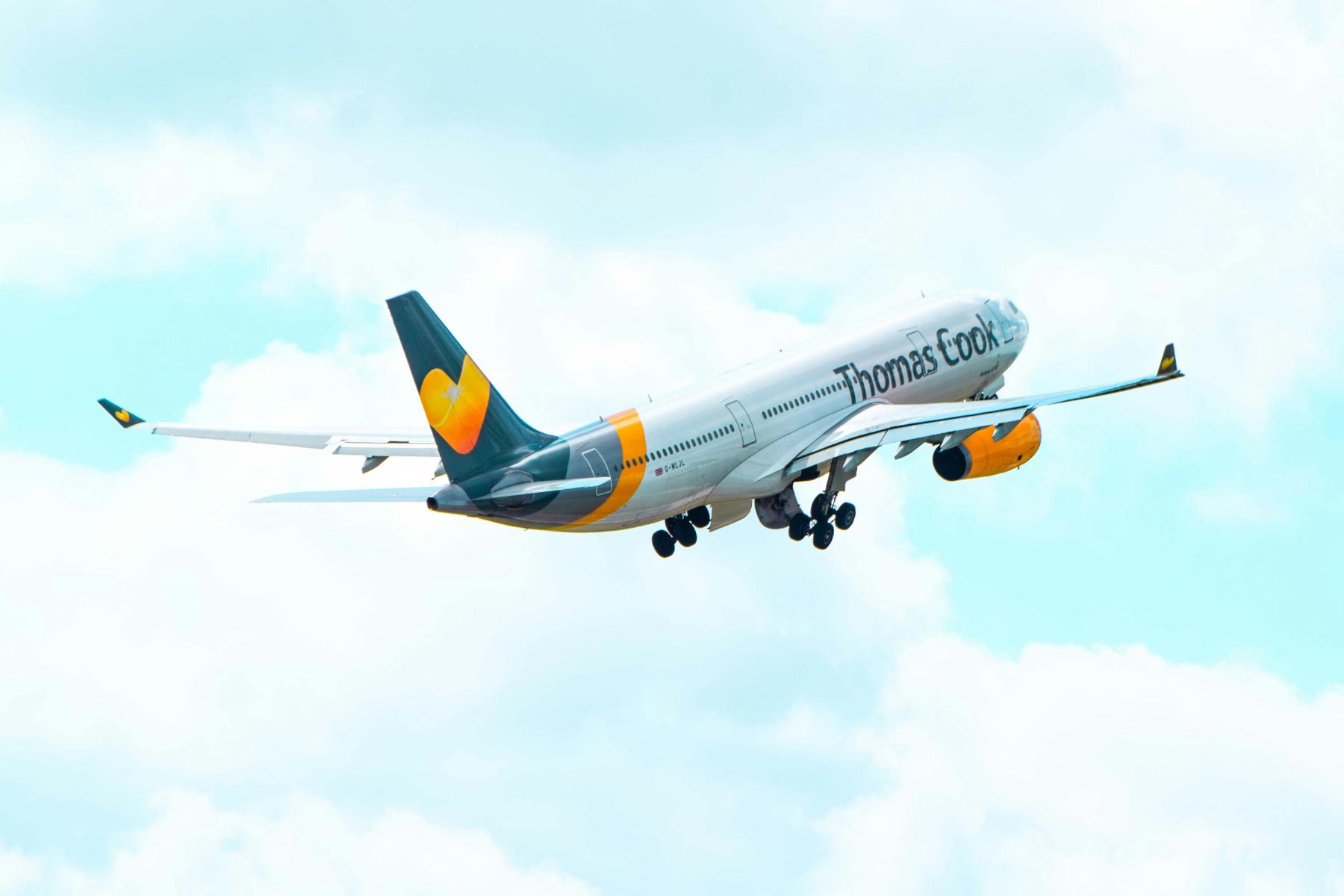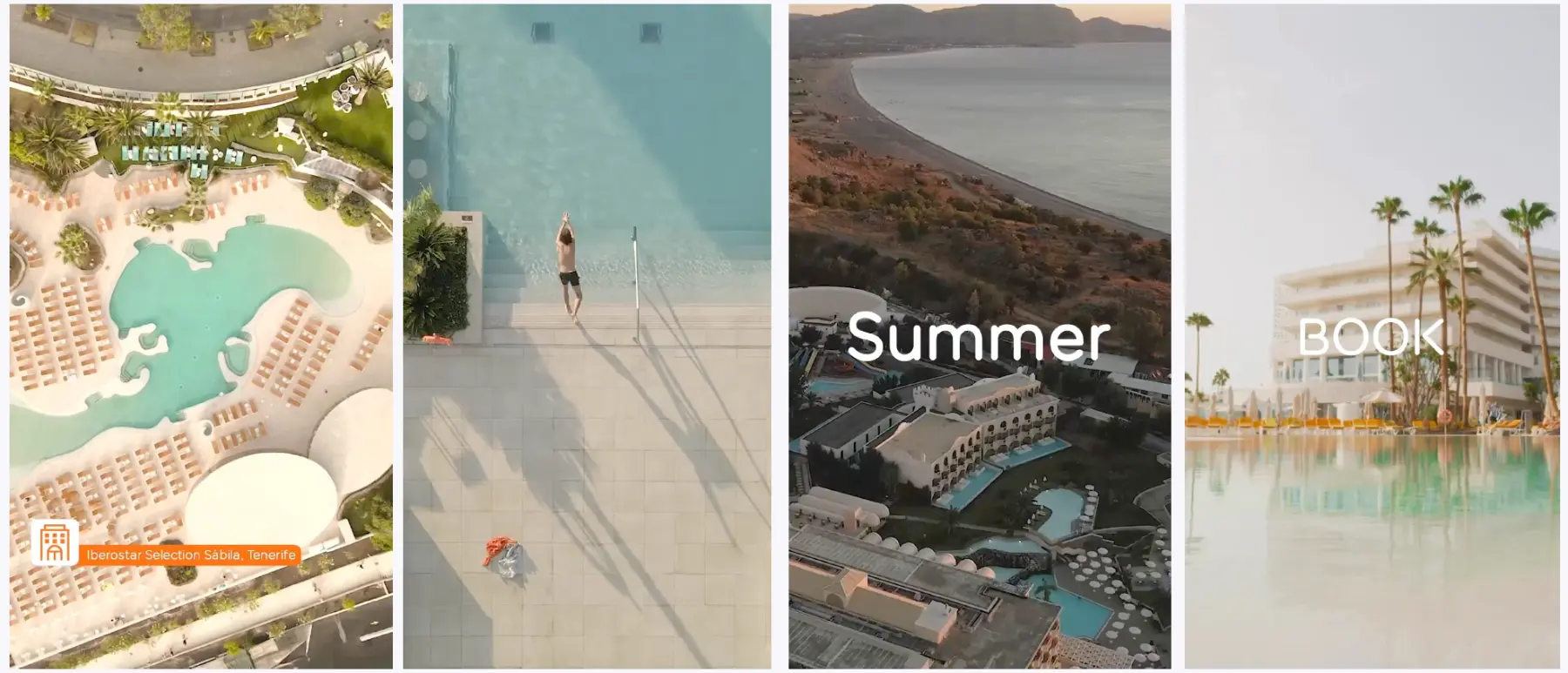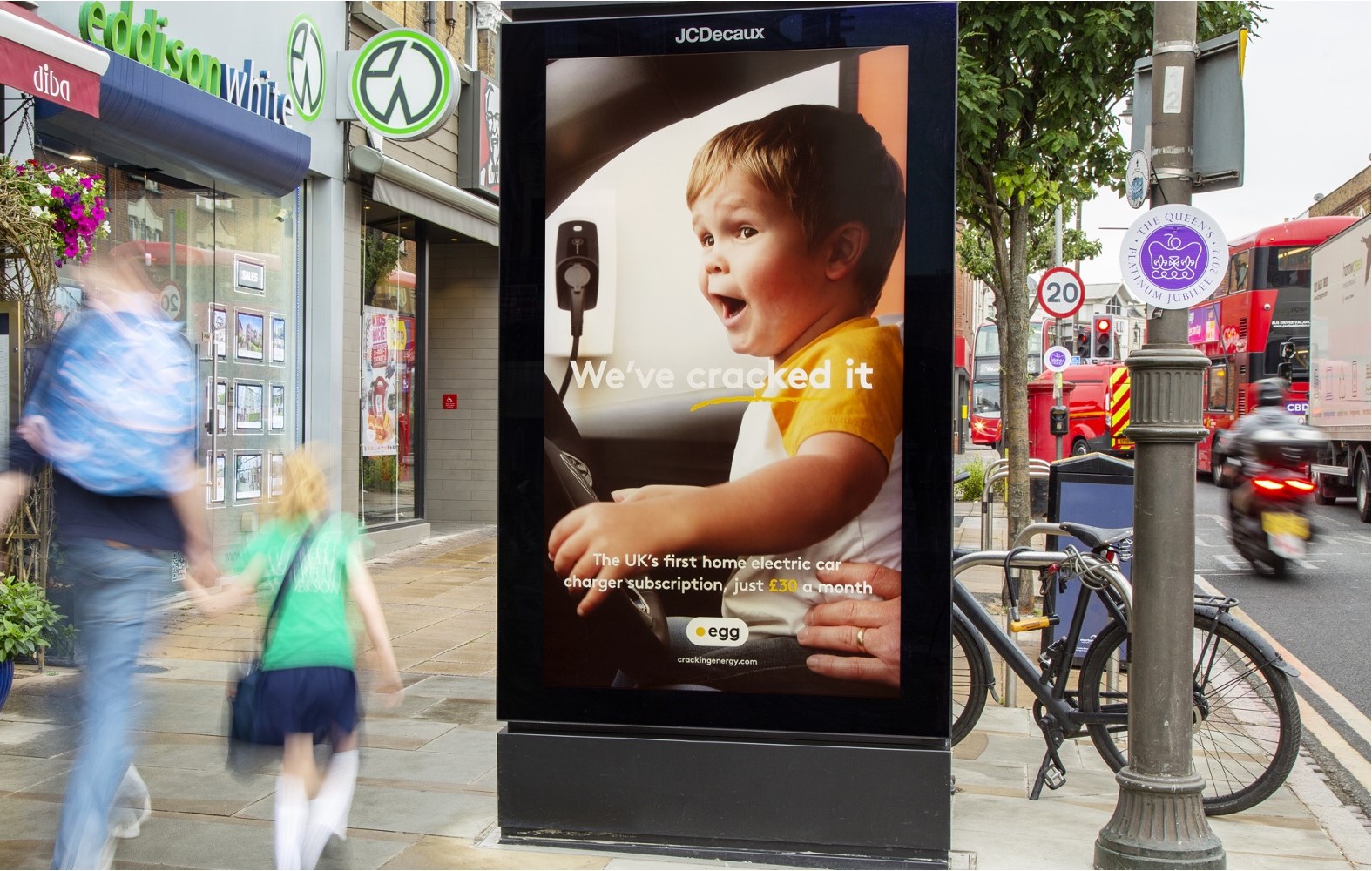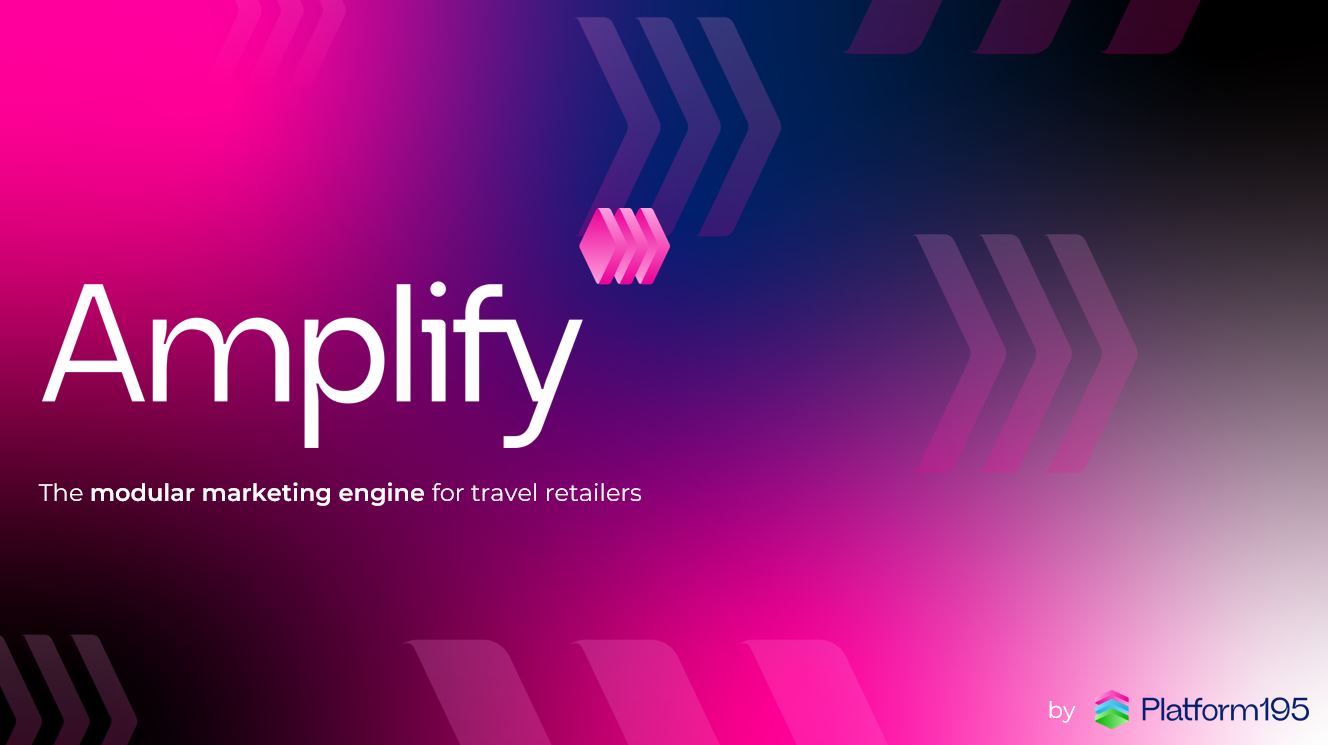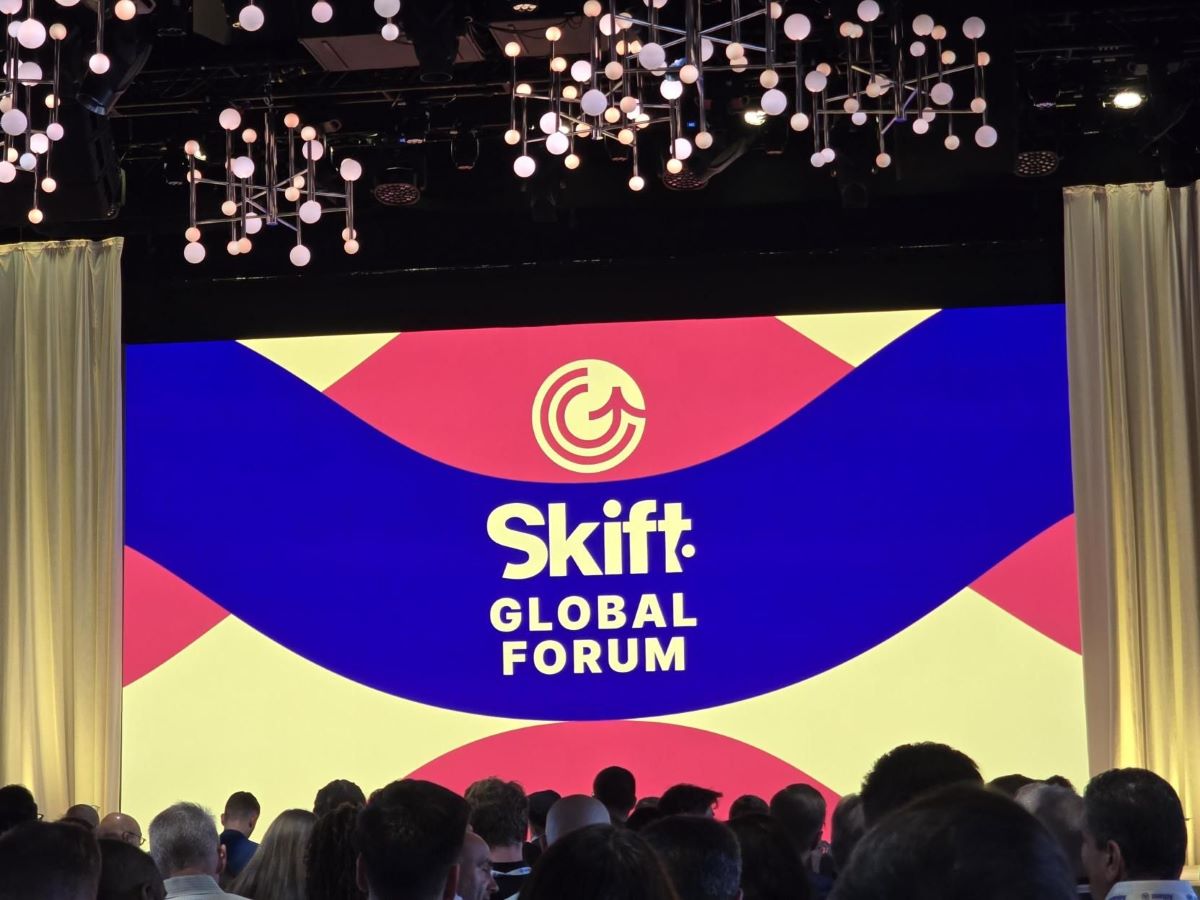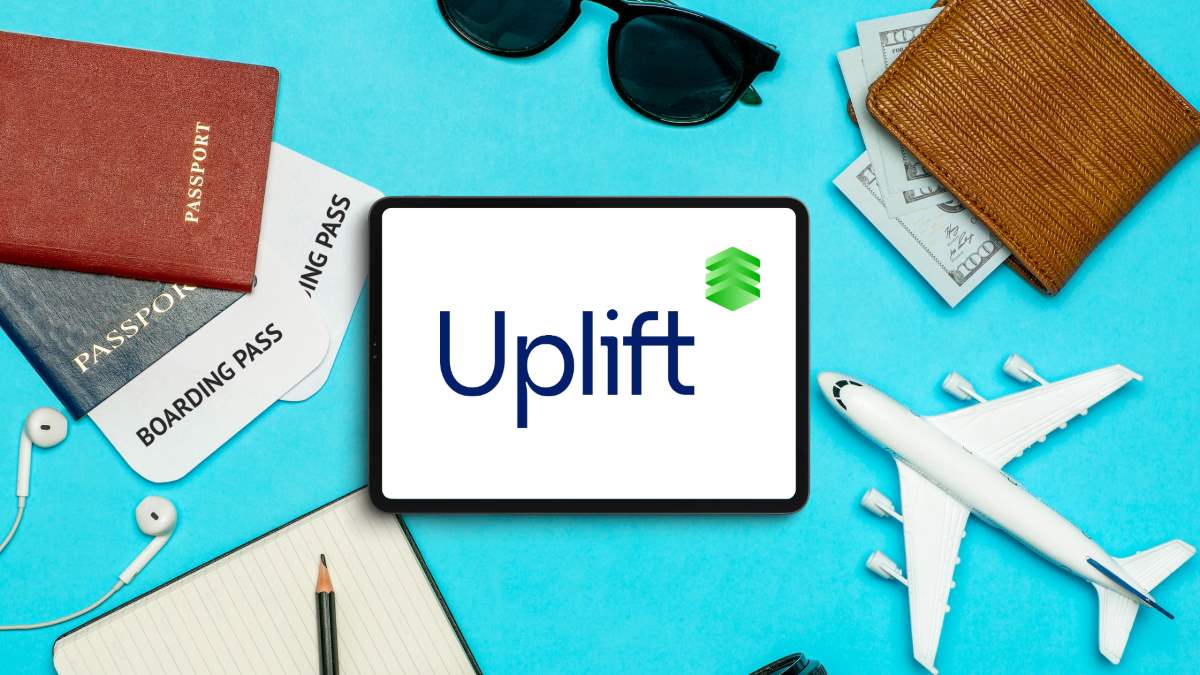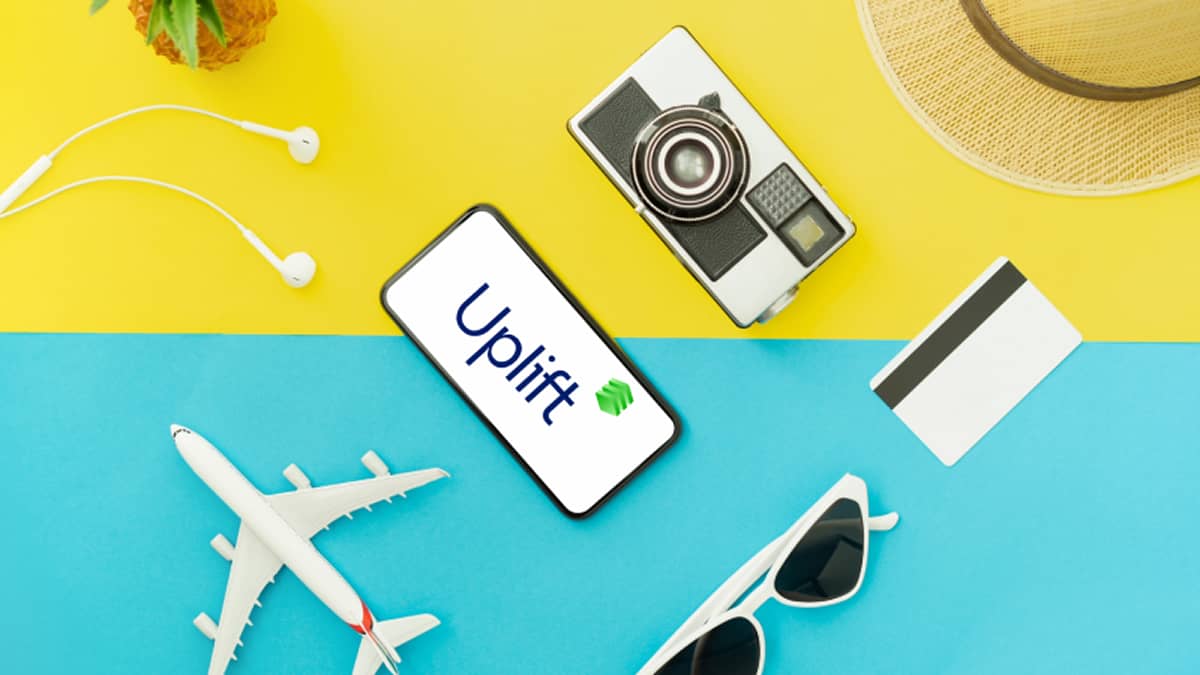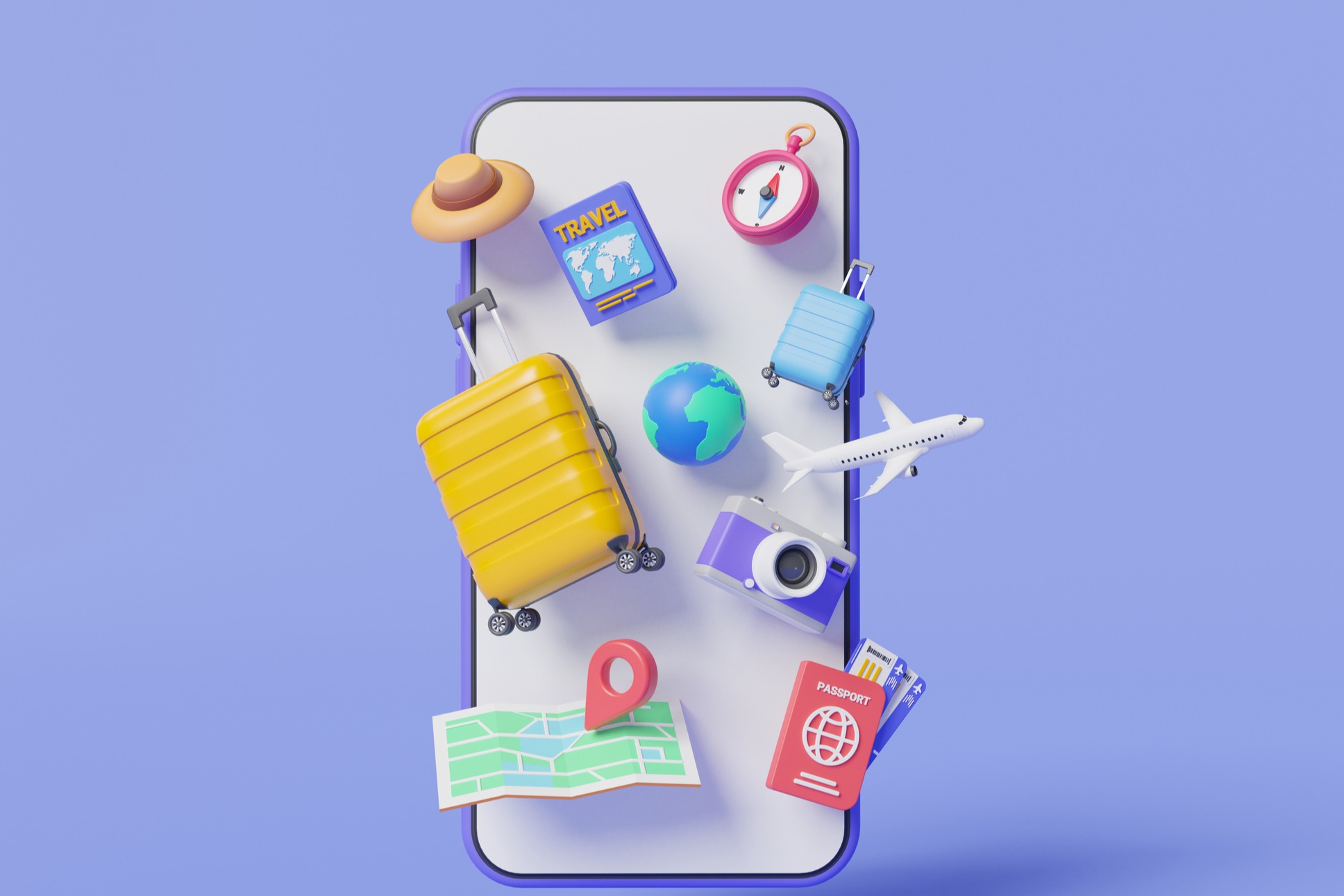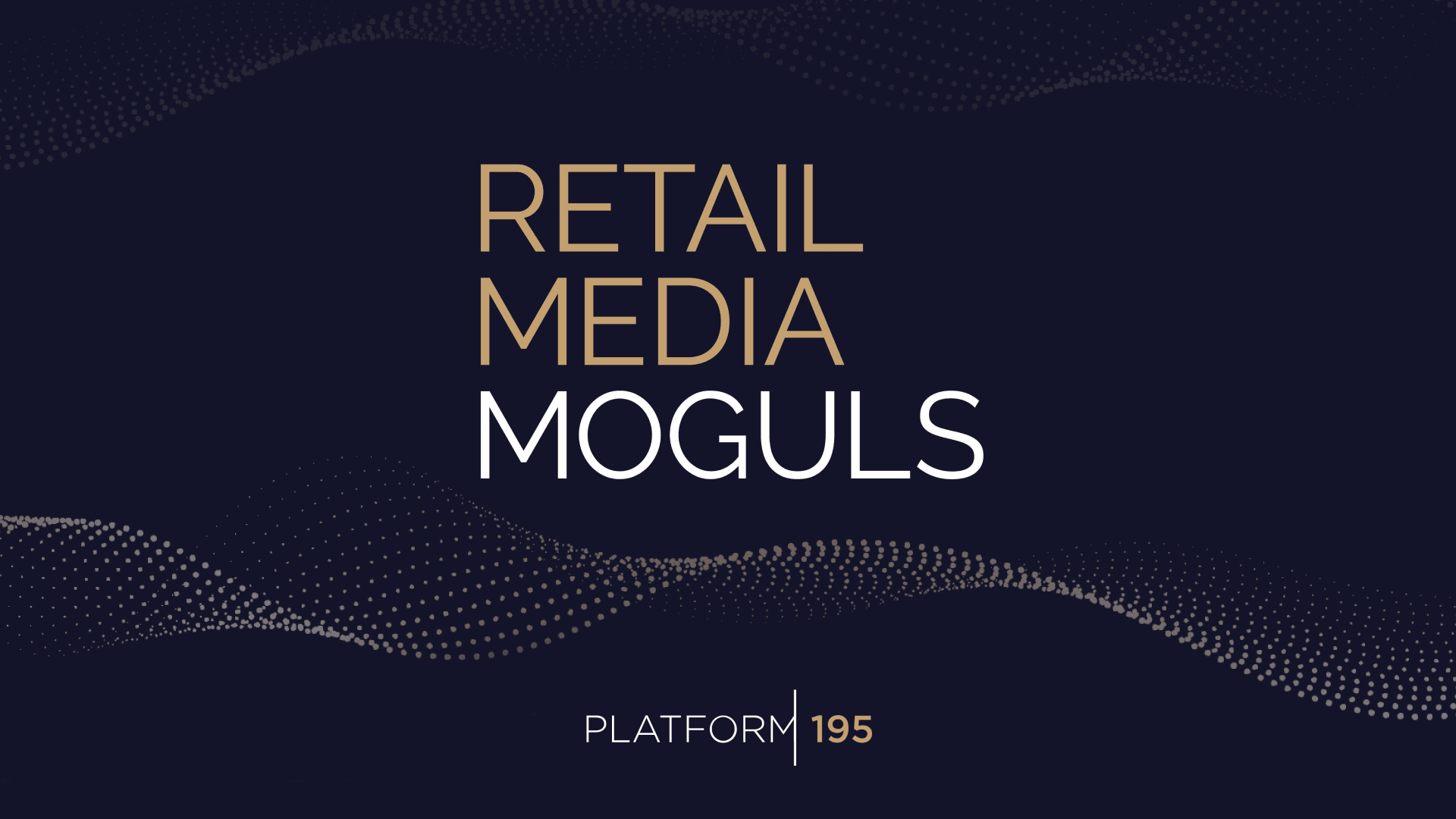How travel brands can prepare for AI-driven search

The rise of AI-driven search is no longer theoretical. With LLMs like ChatGPT integrating booking and planning capabilities directly into their platforms, discovery is moving further inside AI ecosystems.
In our recent articles What ChatGPT integrations mean for OTAs and Keep calm and carry on searching we explored the implications of the likes of Booking.com and Expedia partnering with OpenAI, along with the impact of Google AI Overviews respectively. In this article we delve into the practical steps OTAs, tour operators and other travel brands can take to prepare for more change in the AI landscape.
For most marketers, the rise of LLM marketing comes with one big challenge, data visibility.
“With ChatGPT, there’s no Google Search Console, no query data, no visibility into what users are asking to shape your approach. That makes optimisation difficult, you’re effectively flying blind,” explains Dan Jenkins, Head of Client Services at Platform 195.
Avoid the hype, focus on fundamentals
While the tools continue to evolve, one principle hasn’t changed, the fundamentals of search still matter. A well-structured website, relevant content, and clearly articulated brand signals remain the most reliable way to stay visible, whether to Google’s crawlers or an AI model interpreting intent.
Amid all the noise about ‘AI-proof’ strategies, Dan cautions against chasing quick fixes.
Despite the rapid rise of AI tools, Google’s dominance in search remains overwhelming. Recent data shows Google receives well over 80 billion visits a month, compared with around 6 billion for ChatGPT, and continues to account for nearly 90% of global search activity. AI-assisted discovery is growing fast, but for now, it’s still a fraction of traditional search volume.
“While visibility in AI platforms like ChatGPT is becoming increasingly important, traditional search still dominates discovery. Estimates suggest that only between 0.3% and 5% of search queries currently occur via ChatGPT versus Google, depending on query type. That means brands should prepare for this shift but not at the expense of proven SEO fundamentals,” advises Dan.
Four ways OTAs can prepare
Despite the rapid pace of change, there are clear steps OTAs can take today to strengthen their position in an AI-driven search landscape.
“Focus on what you can control, your data, your content, and your customer experience. Those are the signals AI understands best,” says Dan.
Here’s how OTAs can turn AI disruption into competitive advantage:
1. Get AI-ready
Ensure your data is structured, accurate, and accessible. LLMs rely heavily on context, so FAQs, schema markup, and consistent review content help models understand and represent your brand correctly.
Example: If your site lists family-friendly resorts in Bali under generic category text, an LLM may miss it. But if your content includes structured data (schema markup) for property type, amenities, and traveller segments, ChatGPT or Google’s AI Overview can identify and surface it more accurately in response to a query like “best family resorts in Bali.”
2. Protect your brand ecosystem
Keep investing in direct channels, your website, app, Google Business Profile, and metasearch presence. The more clarity and authority you build into your own assets, the more signals you send to AI systems about trust and relevance.
Example: If a traveller engages with your brand in ChatGPT but can’t find clear pricing or bookable options when they click through, you lose momentum. Maintaining a fast, mobile-optimised site and accurate product feeds ensures AI-driven discovery converts into bookings on your own terms.
3. Collaborate across the industry
Work with tourism bodies, destinations, and technology partners to strengthen how your content and offers are represented in AI ecosystems. Collaboration doesn’t have to mean lobbying, it can be about improving data sharing, co-marketing, or education.
Example: Partner with destination marketing organisations or key hotel partners to create verified, structured content feeds (e.g., top experiences, seasonal guides) that LLMs can reference. This not only improves accuracy but reinforces your brand as a trusted source of destination information.
4. Monitor performance differently
Clicks and impressions still matter, but they no longer tell the full story. Track engagement, enquiries, and share of voice across different discovery platforms. As Dan notes, “Because there’s no ChatGPT Search Console, so we have to get smarter about how we measure visibility.”
Example: If ChatGPT or Bing Copilot begin referencing your content without driving a click, your brand may still be influencing a traveller’s decision. While direct measurement isn’t yet possible, tracking proxy signals such as branded search growth, referrals, and conversion trends can help reveal the hidden value of that influence.
Preparation over panic
The integration of AI into search marks a pivotal moment for travel brands. But panic isn’t the right response, preparation is.
“You still need a clear strategy, well-structured search and content data, and the agility to adapt. The brands that focus on those fundamentals will stay visible as LLM-based search continues to grow — and whatever comes next takes shape," says Dan.
“The technology might change, but the fundamentals don’t,” concludes Dan.
At Platform 195, we help OTAs and travel brands navigate this new search landscape with data-led strategies designed for both visibility and longevity. Contact the team today to learn more.
Ready to grow your brand?
Whether you're just starting out or looking to take your retail media and marketing to the next level, Platform 195 is here to help.



